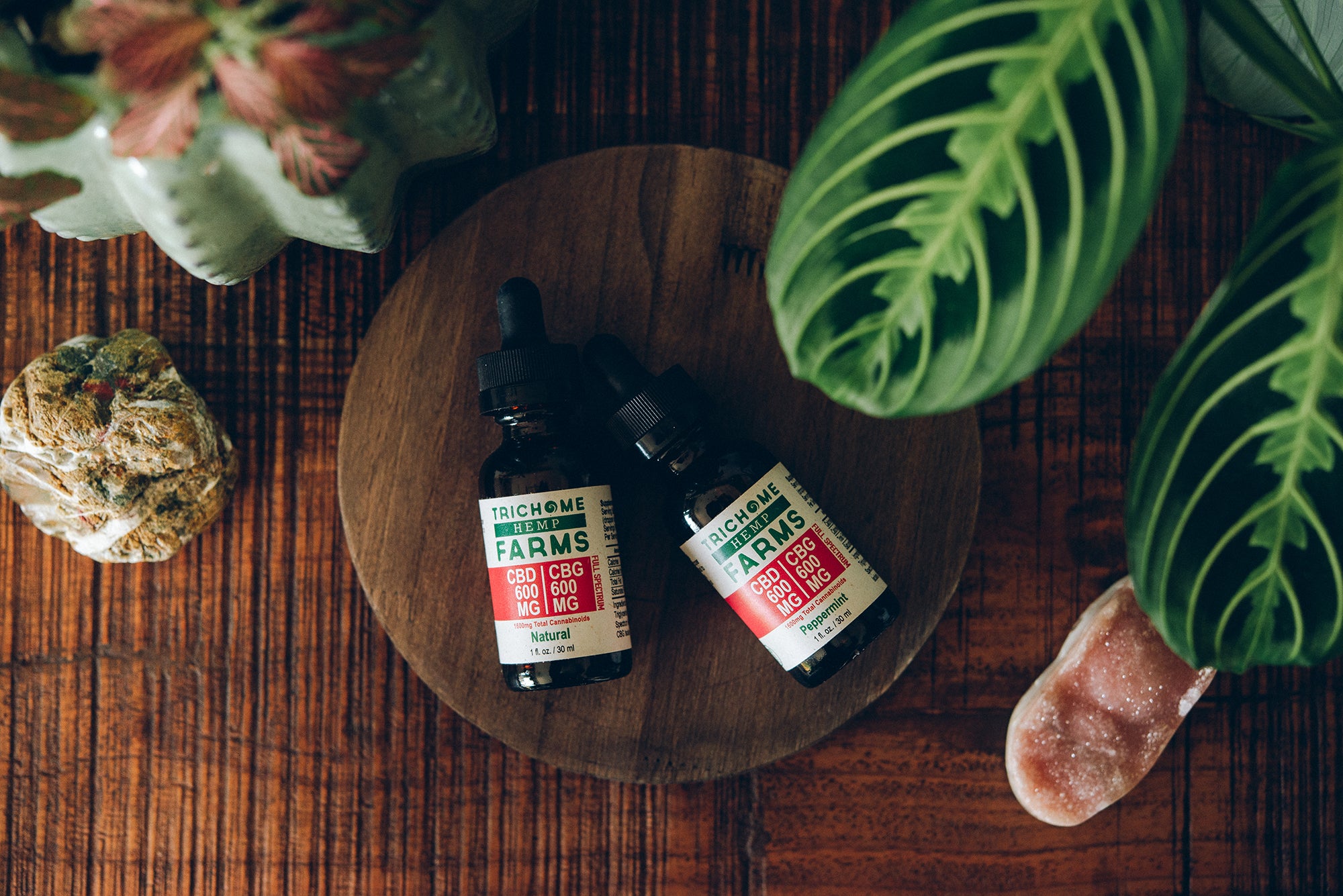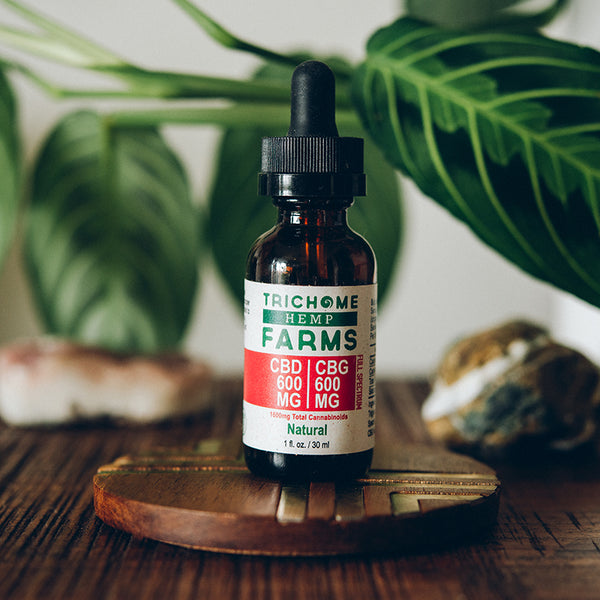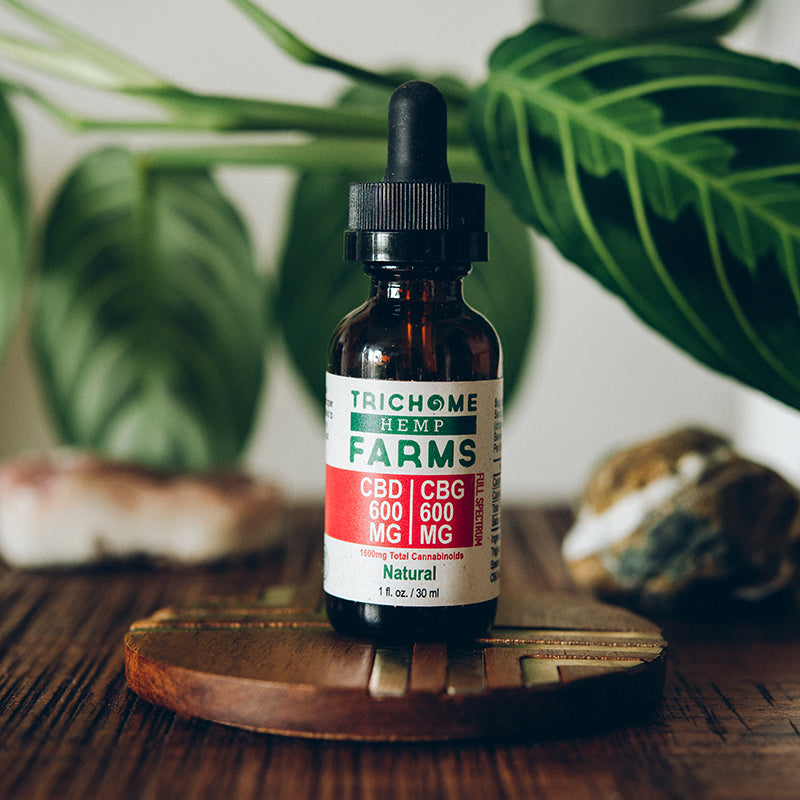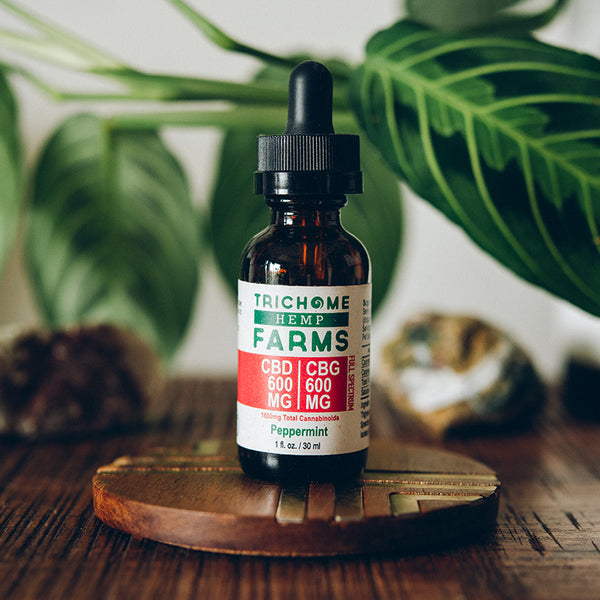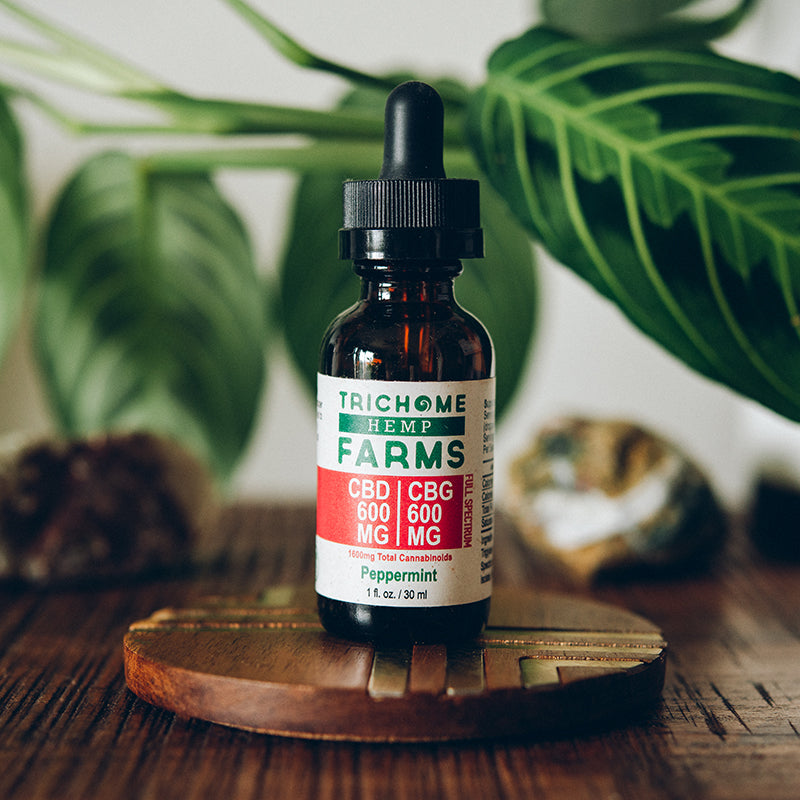What is CBG?
Much like CBD, Cannabigerol (CBG), is a non-psychoactive cannabinoid derived from the cannabis plant that is being researched extensively. This conversion typically takes place 6-8 weeks into the flowering cycle. CBG is present only in trace amounts in most cannabis strains, however some hemp strains are specifically cultivated to generate higher yields of this cannabinoid. Due to nearly a century of cannabis prohibition and the scarcity of this novel phytocannabinoid. To date, these uses have not been verified or approved by the Food and Drug Administration (FDA) and CBG is not intended to be used as a treatment for any ailment.

What's the Difference Between CBD and CBG?
CBG helps make CBD at the chemical level, so while they're both cannabinoids, they're different compounds within the cannabis plant. Additionally, they serve different purposes.
Both CBG and CBD are currently considered non-psychotropic.
How Does CBG Work?
CBG interacts with both the CB1 and CB2 receptors, acting as a possible inhibitor to the psychoactive effects of THC. CBG is also thought to boost anandamide, an endocannabinoid that naturally increases dopamine levels and responsible for regulating various health functions.
new! cbg tinctures
These tinctures contain full spectrum hemp CBD distillate blended with Organic MCT (Medium-Chain Triglyceride) Coconut Oil and CBG isolate. CBG tinctures are available in two flavors: natural & peppermint.

